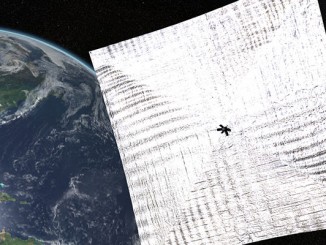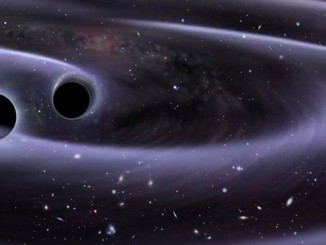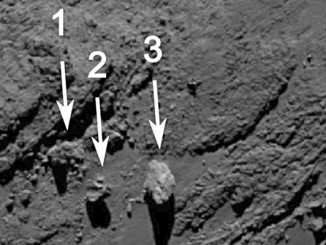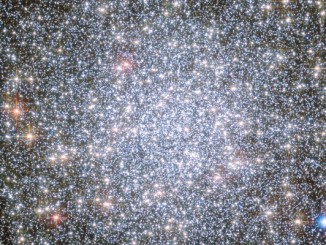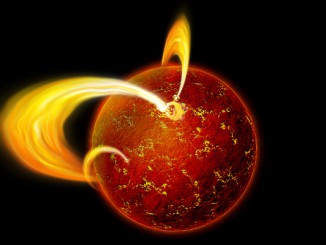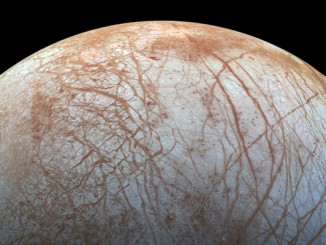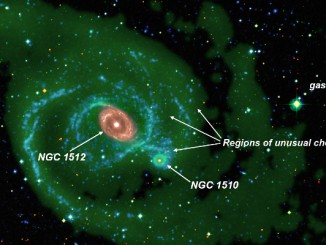
Galaxy’s cannibalistic snacking habits revealed
A team of Australian and Spanish astronomers have caught a greedy galaxy gobbling on its neighbours and leaving crumbs of evidence about its dietary past. Their successful and novel approach to investigating how galaxies grow is being used in a new program to further refine the best models of galaxy evolution.



